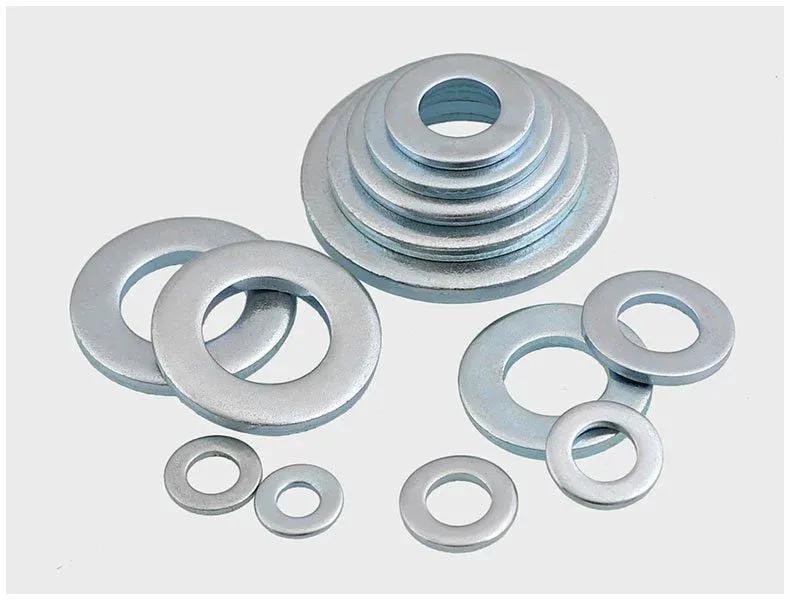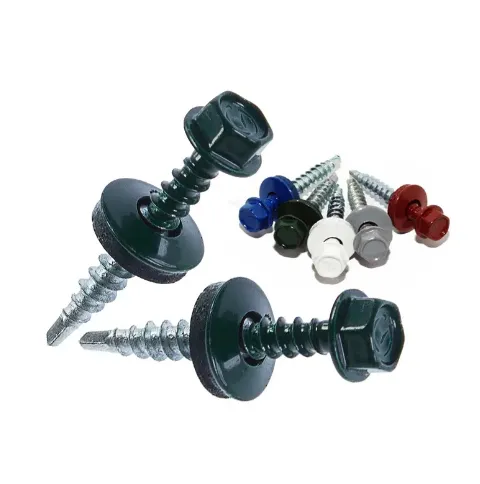2월 . 13, 2025 08:42
Back to list
YZP CHIPBOARD SCREW
Self-tapping screws are indispensable in the world of metalworking, prized for their ability to create their own threads while being easily installed into a material. These screws offer the convenience of securing metal pieces without requiring pre-drilled pilot holes, thereby streamlining the construction process. Understanding how to effectively use self-tapping screws in metal is key to ensuring robust and durable metal constructions.
The use of lubrication can greatly enhance the efficiency and ease of driving self-tapping screws into metal. Lubricants such as light oils or specialized metal drilling compounds can reduce friction and heat, minimizing the risk of breaking the screw or damaging the surface. This practice is particularly recommended when working with stainless steel or high-tensile strength alloys where friction can be a considerable issue. Attention should also be paid to the environmental conditions in which the metal assembly will be used. In corrosive environments, choosing self-tapping screws made of corrosion-resistant materials, such as stainless steel or those coated with anti-corrosive finishes, is essential. This ensures the longevity of the assembly and maintains the integrity of the screw over time, preventing rust or degradation that could compromise the structural strength. Maintenance and inspection of assemblies constructed with self-tapping screws play a role in long-term reliability. Regular checks should be conducted to ensure that the screws have not loosened over time due to vibration or thermal expansion. This is particularly important in assemblies subject to dynamic loads or extreme temperatures. For those in industrial and construction sectors, understanding the nuances of various self-tapping screw designs is part of professional expertise. For instance, screws with hex heads offer greater torque resistance, making them ideal for heavy-duty applications, while slotted or Phillips head screws might be used where ease of maintenance and replacement is favored. In conclusion, the effective use of self-tapping screws in metalwork involves not only the proper selection of screw type and size but also meticulous attention to preparation, driving techniques, and environmental considerations. By integrating these best practices, one ensures a high standard of construction quality and long-lasting assembly performance. For anyone involved in the creation or maintenance of metal structures, mastering the use of self-tapping screws is a vital skill that combines technical knowledge with practical application, resulting in reliable and efficient work outcomes.


The use of lubrication can greatly enhance the efficiency and ease of driving self-tapping screws into metal. Lubricants such as light oils or specialized metal drilling compounds can reduce friction and heat, minimizing the risk of breaking the screw or damaging the surface. This practice is particularly recommended when working with stainless steel or high-tensile strength alloys where friction can be a considerable issue. Attention should also be paid to the environmental conditions in which the metal assembly will be used. In corrosive environments, choosing self-tapping screws made of corrosion-resistant materials, such as stainless steel or those coated with anti-corrosive finishes, is essential. This ensures the longevity of the assembly and maintains the integrity of the screw over time, preventing rust or degradation that could compromise the structural strength. Maintenance and inspection of assemblies constructed with self-tapping screws play a role in long-term reliability. Regular checks should be conducted to ensure that the screws have not loosened over time due to vibration or thermal expansion. This is particularly important in assemblies subject to dynamic loads or extreme temperatures. For those in industrial and construction sectors, understanding the nuances of various self-tapping screw designs is part of professional expertise. For instance, screws with hex heads offer greater torque resistance, making them ideal for heavy-duty applications, while slotted or Phillips head screws might be used where ease of maintenance and replacement is favored. In conclusion, the effective use of self-tapping screws in metalwork involves not only the proper selection of screw type and size but also meticulous attention to preparation, driving techniques, and environmental considerations. By integrating these best practices, one ensures a high standard of construction quality and long-lasting assembly performance. For anyone involved in the creation or maintenance of metal structures, mastering the use of self-tapping screws is a vital skill that combines technical knowledge with practical application, resulting in reliable and efficient work outcomes.
Latest news
-
Top Choices for Plasterboard FixingNewsDec.26,2024
-
The Versatility of Specialty WashersNewsDec.26,2024
-
Secure Your ProjectsNewsDec.26,2024
-
Essential Screws for Chipboard Flooring ProjectsNewsDec.26,2024
-
Choosing the Right Drywall ScrewsNewsDec.26,2024
-
Black Phosphate Screws for Superior PerformanceNewsDec.26,2024
-
The Versatile Choice of Nylon Flat Washers for Your NeedsNewsDec.18,2024
Related News










